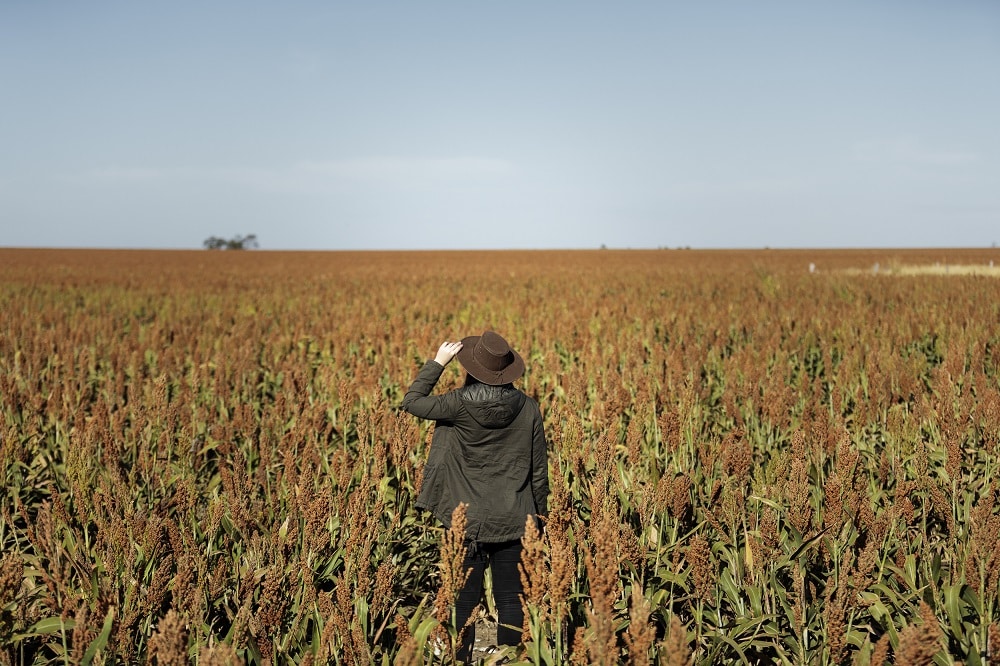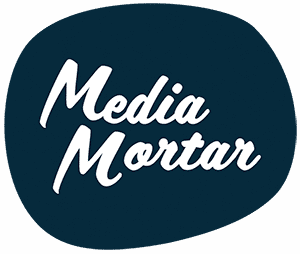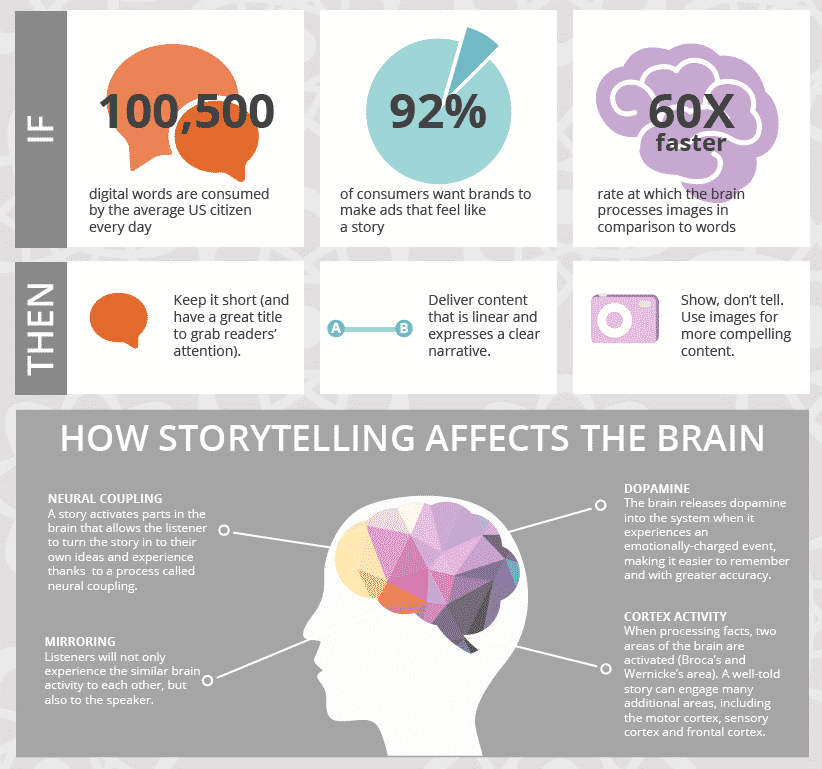
A wise man (Seth Godin) once said “marketing is no longer about the stuff that you make, but about the stories you tell” and in our opinion, these are words to plan your marketing strategy by.
We strongly advocate that stories have the power to drive sales, because they have the ability to empower action in the recipient; something gratuitous data dumps (aka sales campaigns) rarely achieve.
This has never become more important for Australian products and services, because we can’t compete on price, but we can on story. This is particularly pertinent for the tourism industry, where our beaches compete with Bali and forests with Fiji and competing on price is like agreeing to letting the other side win.
Folks, it’s time to start leading your marketing with stories not sales.
Let’s start with a history lesson
 We get a good chuckle when marketers tout storytelling as a new marketing trend. It’s probably the oldest marketing trick in the book. In fact, humans have been telling stories for more than 40,000 years.
We get a good chuckle when marketers tout storytelling as a new marketing trend. It’s probably the oldest marketing trick in the book. In fact, humans have been telling stories for more than 40,000 years.
Whether you grew up on Dreamtime stories, fairytales or fables, chances are you’ve been on the receiving end of a storytelling strategy since you were old enough to hold an attention span.
Us humans are even subconsciously hardwired to love stories; we dream in stories and daydream in narrative.
You only have to watch a good documentary to know stories have an ability to make us think, feel, laugh and cry – leaving an impact long beyond the end credits.
Take the documentary Super Size Me for example, which had the power to drive a multi-billion-dollar industry to action.
Neurologically speaking stories are powerful
The power of storytelling is more than just recorded in the history books, it’s heavily documented by science. Our brains hear statistics and numbers, but they feel stories.
This is because stories tap straight into a larger section of the brain that controls emotions and makes decisions, undoubtedly the part of the cortex every marketer in the room would prefer to be speaking.
When your brain hears a story, depending on the plot line, it releases one of three powerful chemicals which empower us to take action: dopamine, oxytocin and endorphins.
- Give your audience a dose of dopamine and you’ll create focus, motivation, memory
- Release your audience’s oxytocin and you’ll leave them feeling more generous, trusting, leaving them with a greater bond to storyteller
- Pump up your audience’s endorphins and they’ll feel creative, relaxed and more focused
Take this commercial from American Greeting Cards, for example. We think you’d have to have a heart of stone not to feel the power of this story.
Can you imagine the difference had they lead with a Mother’s Day Card for $6.99?
Importantly, campaigns that lead with sales, numbers, deals and discounts, release a completely different chemical reaction in the brain.
Sales campaigns are proven to increase the audience’s adrenaline and cortisol, making them intolerant, irritable, uncreative, critical and forgetful. Hardly the qualities you want on your side if you’re trying to convert a customer, is it?
As marketers, we’re often measured on conversion KPIs. So, where do stories come in?
 It’s critical that we create emotional experience for our customers in order to create conversion.
It’s critical that we create emotional experience for our customers in order to create conversion.
If the history and science is anything to go by, the success formula is simple:
Stories = Trust
Trust = Transactions
Therefore, by our calculations, stories = sales
Our experience and portfolio proves storytelling delivers three-fold; stories build awareness, improve sentiment and drive conversion. We challenge you to name a business that doesn’t list all three in their strategic marketing plan.
But don’t just take our word for it. A recent Digital Marketing Institute study reported a higher yield from storytelling (compared with sales) to the tune of 20 times over.
Got the theory, what comes next?
 In our view, good storytelling only needs to achieve two things:
In our view, good storytelling only needs to achieve two things:
- It needs to capture attention
- It must transport the recipient to a different world
The good news is that most brands are already in the business of content marketing and storytelling. The bad news is that not all stories told are good.
That’s why we created a seven-step guide to making sure your stories are set up for success (link coming soon!)
There is one enemy to storytelling
 At Content Marketing World (an international event that draws content marketers from all over the world) – Content Marketing Institute Joe Pulizzi, argued storytelling has one threat – lack of understanding.
At Content Marketing World (an international event that draws content marketers from all over the world) – Content Marketing Institute Joe Pulizzi, argued storytelling has one threat – lack of understanding.
He said storytelling initiatives rarely got shut down because of poor performance; instead they are killed because the people who provide the funding for content marketing don’t understand it.
We’d take Joe’s point one step further, and strongly argue it’s decision by coalition that dilutes the power of stories.
We often see one story get presented to a wider marketing team who each add input, layer stakeholder feedback and in effect, diluting the power of the story (often) with every amendment.
If you’re a marketer, we implore you to argue the benefits of marketing and fight its value. The first marketing any marketer needs to do these days is the value of storytelling in the face of broader teams who still know and trust sales.
We’re passionate about creating more storytelling advocates so the power of stories can be passed on for generations to come.
Given the focus on storytelling, it feels remiss not to finish this post with two little words. The End.

By Hannah Statham
Hannah Statham is The Boss at Media Mortar. She’s a heavy weight wordsmith, punching with puns, analogies and metaphors that leave readers wanting more. When she’s not refreshing her Instagram feed, you’ll find Hannah walking her rescue greyhound Olivia.


Recent Comments